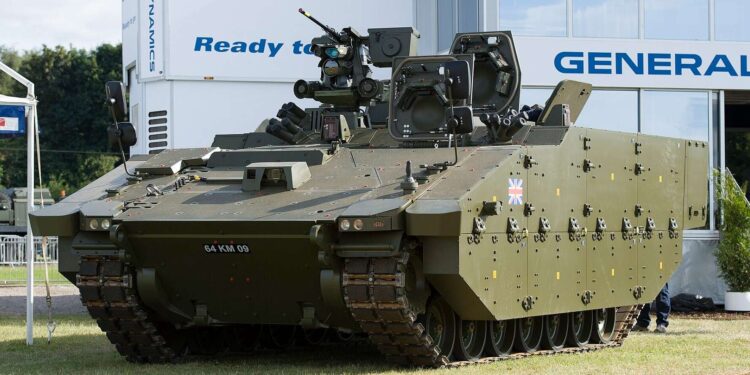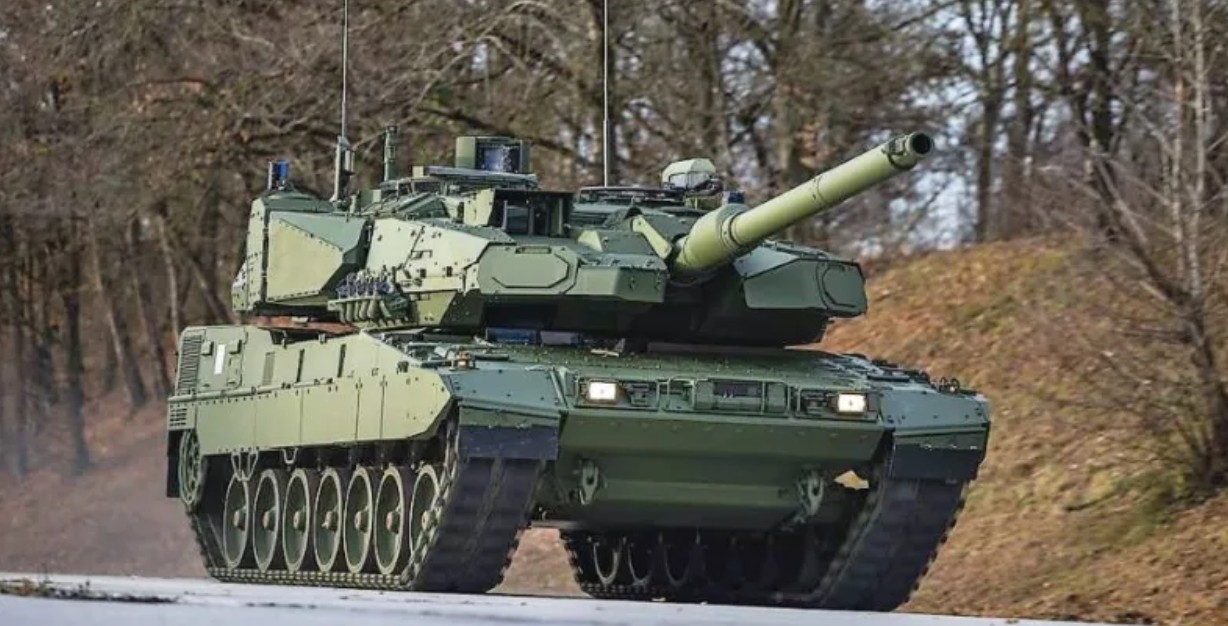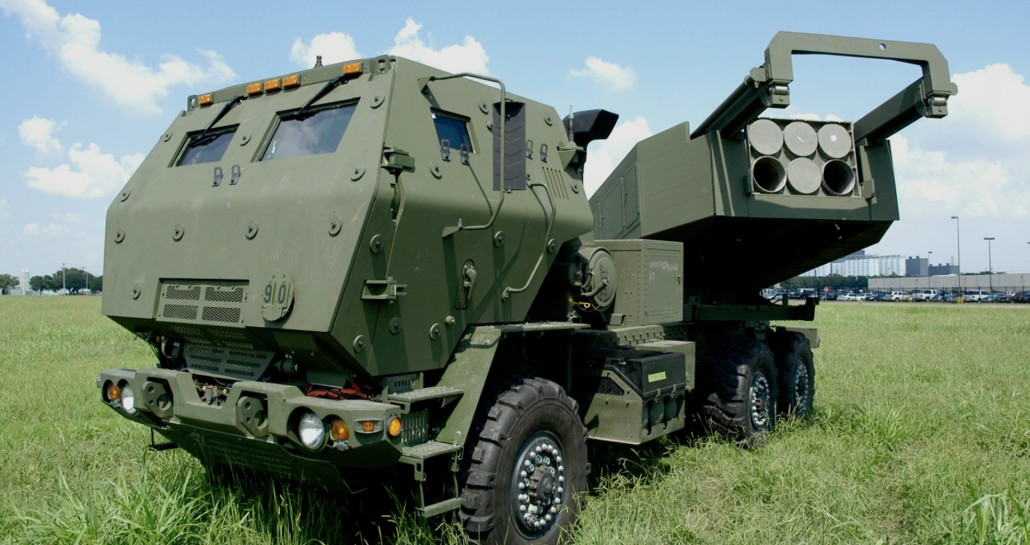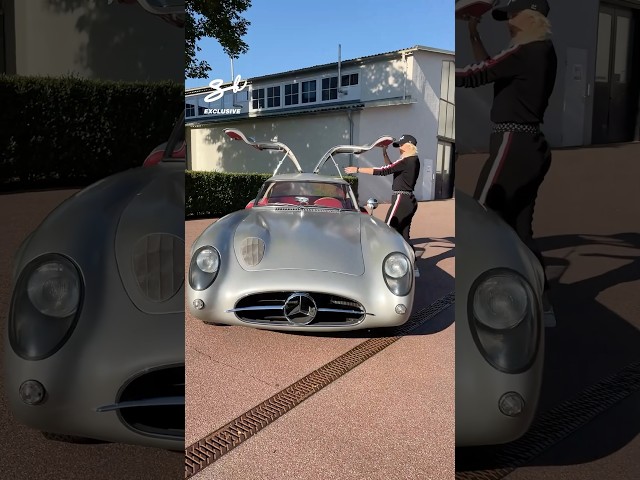Introduction to the Ajax IFV
The British Army’s latest addition to its armored vehicle fleet, the Ajax Infantry Fighting Vehicle (IFV), represents a major leap forward in military technology and combat capability. Specifically designed to meet the modern battlefield’s demanding requirements, the Ajax IFV showcases significant advancements in mobility, survivability, and reconnaissance capabilities. Developed by General Dynamics UK, it promises to play a critical role in future armored operations for the Royal Army.
Design and Features
The Ajax IFV is part of the wider Ajax family, known for their versatility and adaptability to a wide range of missions. Its state-of-the-art design integrates cutting-edge technologies that enhance operational effectiveness. Key features include a robust hull design providing superior protection against ballistic threats and IEDs, and a revolutionary suspension system enabling smoother rides over rough terrains.
The vehicle is equipped with advanced electronics, including a sophisticated target acquisition and fire control system. This allows the crew to detect, track, and engage targets with precision and speed.
Specifications Table
| Feature | Description |
|---|---|
| Weight | Around 38 tons |
| Top Speed | 70 km/h |
| Engine | MTU 600 kW engine |
| Armament | 40mm cannon, coaxial machine gun, optional anti-tank guided missiles |
| Crew | 3 (commander, gunner, driver) + 4 dismounts |
| Armor | Modular armor with mine protection |
Operational Capabilities
One of the Ajax IFV’s distinguishing features is its advanced reconnaissance capabilities. Integrated with advanced sensors and communication systems, the vehicle can effectively coordinate with other units, providing timely intelligence to commanders. The digital architecture within the vehicle allows it to network with other British Army platforms, enhancing situational awareness across the battlefield.
Enhanced Mobility and Protection
The Ajax IFV boasts exceptional mobility, allowing it to traverse diverse terrains, including urban environments, forests, and deserts, with ease. Its powerful MTU engine, paired with a hydropneumatic suspension system, provides high speed and agility, critical for both offensive maneuvers and rapid retreats.
When it comes to protection, the Ajax IFV doesn’t fall short. Its modular armor provides scalable protection, enabling it to withstand small arms fire, shrapnel, and anti-tank projectiles. Additionally, the vehicle is fitted with advanced defensive systems, such as an active protection system designed to intercept incoming threats preemptively.
Communication and Interoperability
The Ajax IFV is designed for seamless interoperability across the UK’s Armed Forces and with allied nations. Equipped with an advanced digital communication suite, it ensures secure and reliable data exchange, vital for joint operations. This feature positions the Ajax not only as a powerhouse on the battlefield but also as a vital node in the network-centric warfare approach.
Challenges and Future Prospects
Despite its promising capabilities, the Ajax IFV program has faced several challenges during its development and testing phases. Concerns over noise and vibration levels have been highlighted, prompting further refinements. The Ministry of Defence remains committed to resolving these issues to fully realize the platform’s potential.
Looking forward, the integration of the Ajax IFV into the British Army marks a significant strategic investment in modernizing its armored fleet. As technologies evolve, future updates to the Ajax family could include further advancements in autonomous operation and next-generation weapon systems.
The introduction of the Ajax IFV signifies a major step in enhancing the Royal Army’s reconnaissance and combat capabilities. By bridging the gap between traditional armored vehicles and modern warfare demands, it reflects the ongoing evolution of military vehicles to address emerging threats. As it continues to roll out, the Ajax IFV will undoubtedly be pivotal in future operational success, forming the backbone of the Royal Army’s armored divisions.









